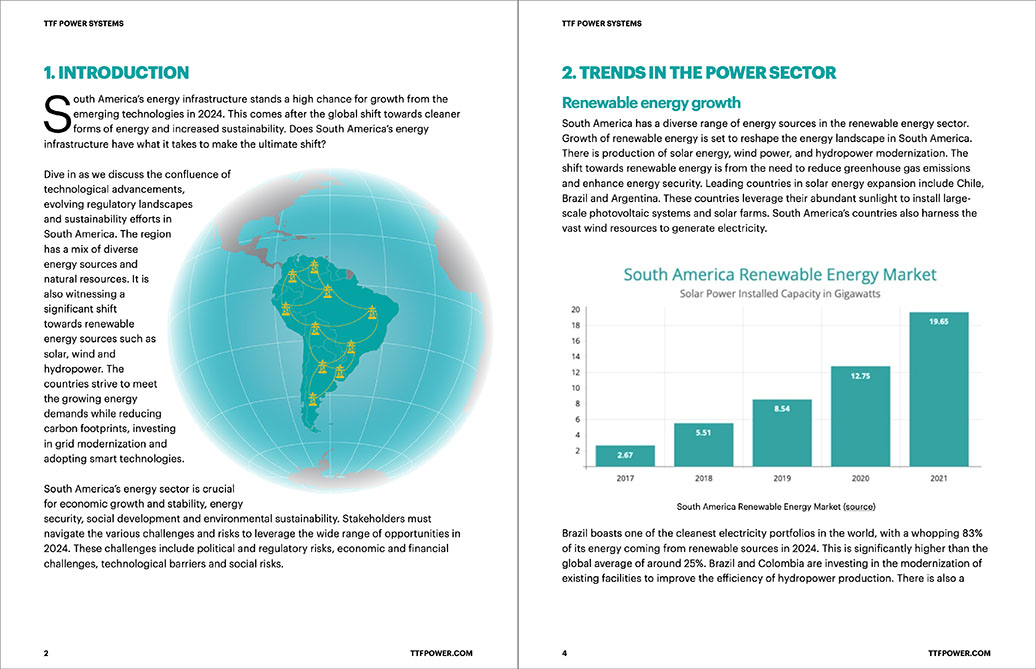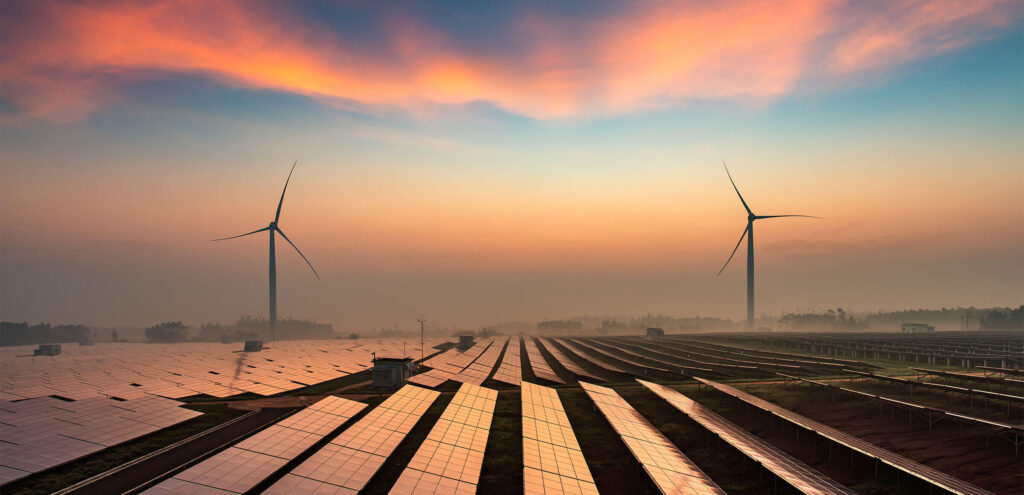
In 2024, South America will be dependent on raw materials to meet its energy sustainability goals. The continent has plenty of natural resources that can help build a more sustainable energy infrastructure. Focusing on sustainable practices helps foster innovation in recycling and alternative materials. The raw materials can serve in renewable energy mix, including hydropower, wind, and solar. Countries like Chile, Argentina, and Brazil are leveraging their mineral wealth to develop strong energy infrastructure. This also contributes to regional security and the global transition to cleaner energy sources. Harnessing the use of raw materials can also play a role in positioning the region as a global leader in clean energy production. The use of raw materials plays a crucial role in the transition to renewable energy practices.
Environmental considerations for raw materials used for energy sustainability
It is important to consider the environmental impacts of raw materials used for energy sustainability. It is important to consider the extraction, processing, and use of the materials to reduce environmental concerns. These considerations emphasize sustainable practices, improve recycling technologies, and enforce strong regulatory frameworks. Key considerations include waste management, mining impacts, biodiversity, chemical and material use, recycling, policy frameworks, and climate impacts. This is to ensure energy sustainability does not come at the cost of environmental health.
Raw materials used for energy infrastructure in South America
There are a wide range of raw materials used for energy infrastructure in South America. They include a variety of natural resources that are important for the construction, operation, and maintenance of both traditional and renewable energy systems. The materials are integral to the continent’s energy mix, which includes hydropower, oil and gas, solar, wind, and green hydrogen. The following are the raw materials used in South America’s energy infrastructure in 2024.

- Lithium is crucial for the production of lithium-ion batteries used for energy storage systems and electric vehicles. These batteries help stabilize renewable energy sources like solar and wind by storing excess energy. Countries like Chile, Argentina, and Bolivia have some of the world’s largest lithium reserves.
- Steel and aluminum are important in the construction of the physical infrastructure of energy systems. This includes the towers and frames of wind turbines, solar panel supports, and structural components of power plants.
- Hydropower materials, like steel and concrete, are important for constructing dams, turbines, and related infrastructure in hydropower plants.
- Biomass and bioenergy materials – Brazil is one of the largest producers of sugarcane, which helps to produce ethanol. Wood and agricultural residues serve as biomass for energy production.
- Fiberglass and carbon fiber materials work in the production of wind turbine blades. They provide the necessary strength and lightness.
- Silver and silicon work in smaller quantities within the PV cells in solar panels. This is due to their excellent conductive properties.
- Copper is important for electrical wiring, transformers, and generators across all types of energy infrastructure. Countries like Chile and Peru are the leading producers of copper.
- Rare earth elements include elements like neodymium, praseodymium, and dysprosium. They serve as magnets for wind turbine generators and other high-tech energy applications.
Benefits of using the raw materials
The use of these materials in energy infrastructure offers several benefits crucial to supporting South America’s energy needs. These materials are important for building a resilient and sustainable energy future. They also enable the continent to leverage its natural resources. The following are the benefits of using raw materials for energy sustainability.

- Increasing energy independence – materials like lithium, copper, and bioenergy materials reduce dependence on imported energy resources.
- Global energy transition – use of materials like copper and nickel is crucial in green hydrogen production. This positions South America as a leader in the global energy transition. This contributed to the development of new, clean energy markets.
- Renewable energy growth – these materials are important for the construction and operation of renewable energy technologies. Their use enables the generation of clean energy, which reduces reliance on fossil fuels.
- Energy storage solutions – lithium, cobalt, nickel, and graphite are key components of lithium-ion batteries. Energy storage systems and electric vehicles use these batteries. This helps in managing the intermittency of renewable energy sources like solar and wind.
